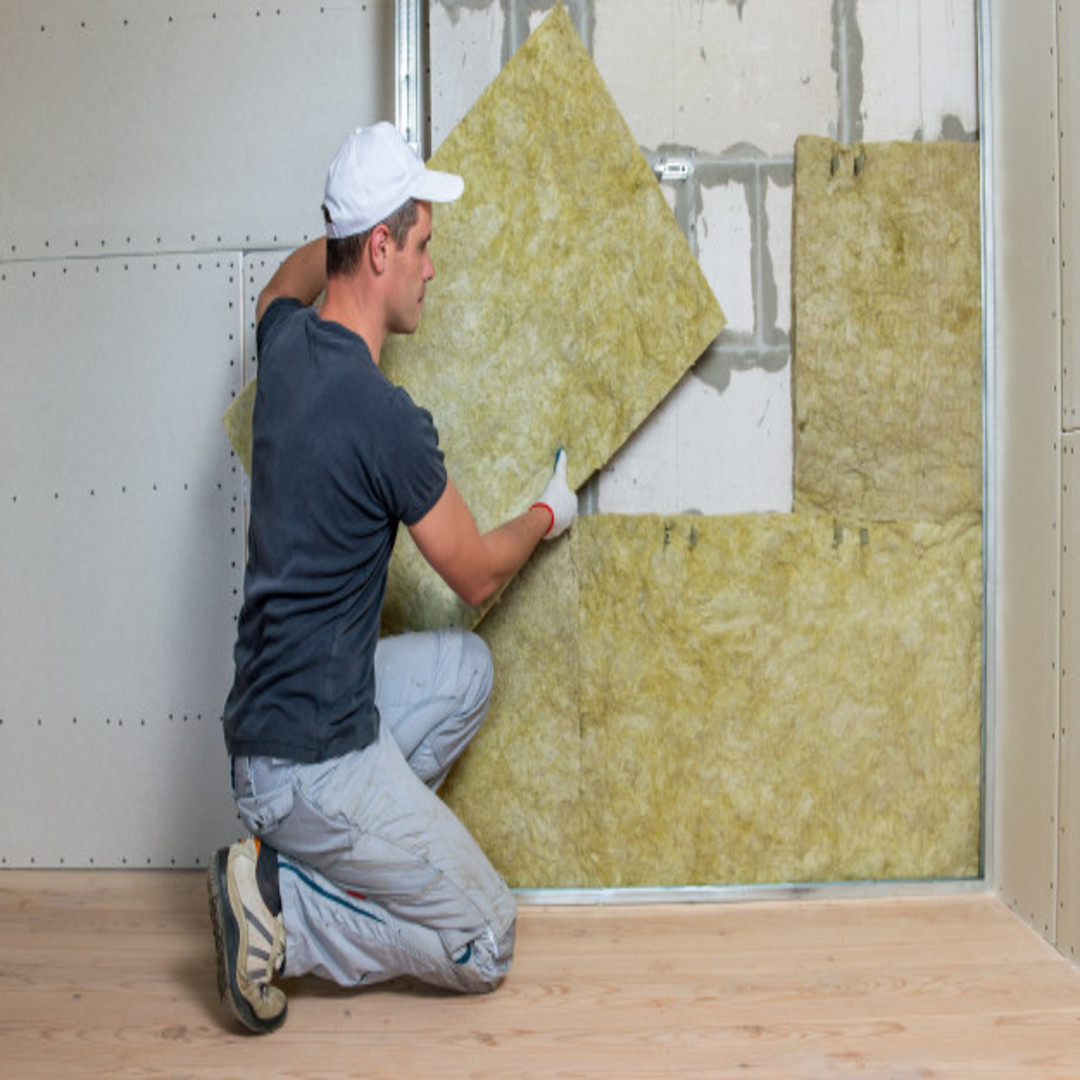Sound insulation is a key aspect of acoustical engineering. Sound propagation is usually due to the elasticity of vibrations in the air reaching material surfaces and exciting the material structure.
When a living space has any discontinuities like weak spots, cracks, weakly sealed passages, sanitary installations, ventilation ducts and openings, the sound insulation is more important.
How does sound insulation occur?
Any acoustic insulation on a material reduces the flow of acoustic energy that passes through the material. If the material has a good acoustic insulation, the acoustic energy is reduced by receiving a certain frequency and transmitting a different phase from the other side. This usually affects the amplitude of the sound wave. Unlike sound absorption, the insulation properties of an acoustical fitting modifies the waves as the sound passes through. In many cases, this can help reduce echoes and reverberation. The fraction of the energy received is then transmitted or reflected. This property creates a tight environment for sound waves.
Commonly used in building studios and theaters, acoustic insulation material can be a combination of other acoustic properties for enhanced performance. Studying the layout of your room, or living space is important to implementing acoustical insulation. Depending on the size and structure, you can install exceptional sound insulation properties to create a unique atmospheric condition for acoustical performance.
When sound passes through air and reflects off an acoustical insulator, the energy is modified and transmitted owing to the higher acoustical leverage of the material surface over air. Most of the energy is reflected while a small portion is transmitted to the wall. Since acoustic impedance is more than the air, the sound retains a high quality with reduced reverberations. This property makes acoustic insulators easier on the ear and easier on the overall atmosphere.
Some popular materials used for acoustic insulation
The use of acoustic paneling on ceilings or walls can impact the atmospheric sound quality. With enhanced acoustic performance, the noise is clearer, less heavy and extremely precise. The acoustic properties of sound insulation are responsible for fine tuning the noise and blocking unwanted external noises from coming in. The robust material is usually derived from organic compounds like wool and wood. With efficient insulation, the noise quality is superior and suitable for creating a perfect amiable environment indoors.
Whether for auditoriums, theaters, studios, home entertainment, canceling city noises, or making an efficient acoustical layout, sustainable materials with good insulation properties are very useful.

